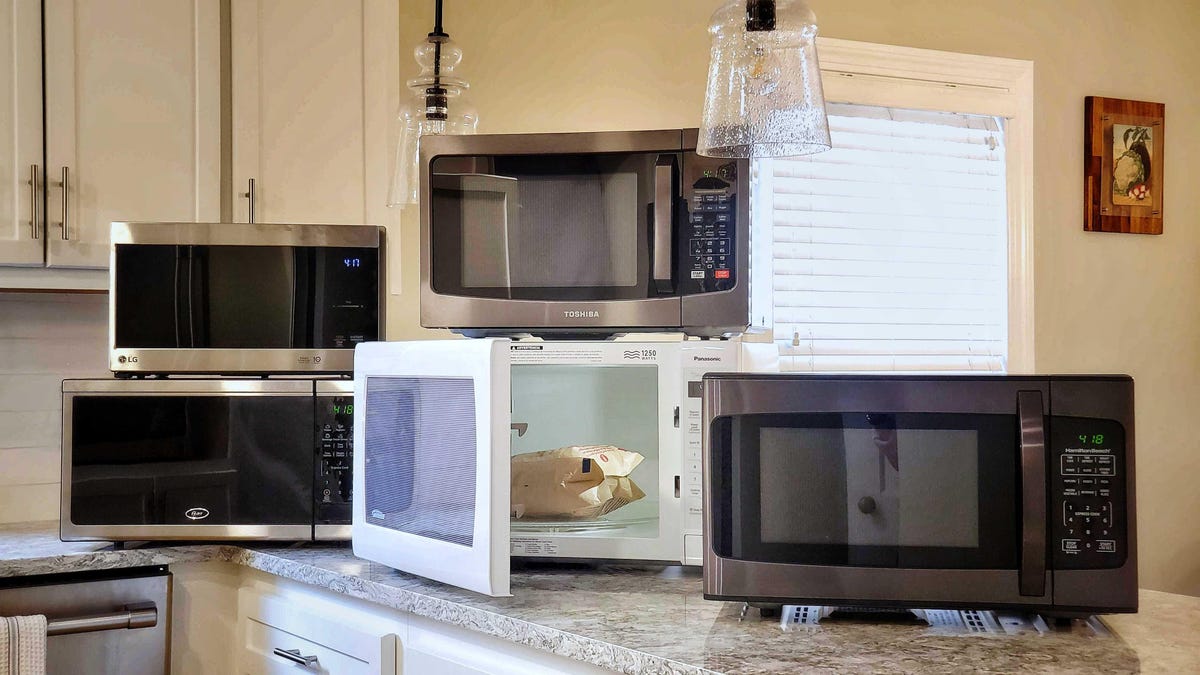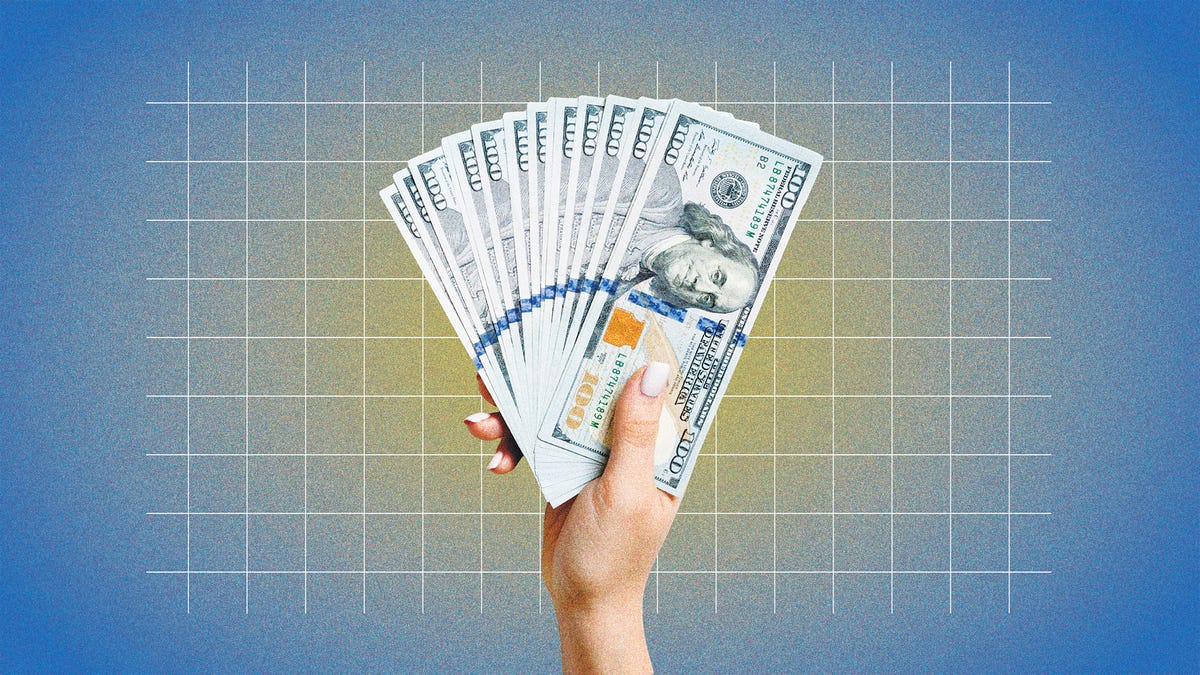Lymphatic drainage massages are gaining traction in wellness circles as holistic health and self-care hacks get more popular. Lymphatic drainage massages enhance lymphatic flow, which is essential for those with certain medical conditions like lymphedema, a chronic condition in which a buildup of lymph fluid causes swelling. However, these specialized massages also offer a natural way to alleviate symptoms like bloating, fatigue and water retention -- often linked to a sluggish lymphatic system.
To understand the potential risks and benefits of lymphatic drainage massage and how it may align with individual health needs, we spoke to Rebecca Faria, licensed lymphatic drainage specialist and founder of Detox by Rebecca.
What happens during a lymphatic drainage massage?
The lymphatic system is a network of tissues and organs, like lymph nodes and vessels. It collects extra fluid from the body's tissues, returns it to the bloodstream and helps remove waste and unhealthy cells. Additionally, it aids in absorbing fats and fat-soluble vitamins from the intestines, ensuring they enter the bloodstream effectively. In some cases, a lymphatic drainage massage may be needed to stimulate this system.
"A full-body lymphatic drainage massage is a specialized technique that promotes the flow of lymphatic fluid throughout the entire body. This therapy employs a series of rhythmic and precise movements to stimulate the lymphatic system," Faria explained. "During the massage, pressure is applied to the skin in specific patterns, mimicking the natural flow of lymphatic fluid. This technique encourages lymphatic vessels to contract and push lymph fluid (containing waste products, toxins and immune cells) throughout the body."
Types of lymphatic drainage massage include:
- Casley-Smith method: Uses light stroking movements with the palm and curved or flat fingers to keep lymph moving in the desired direction.
- Vodder method: Utilizes different hand movements (such as thumb circles, scoops and rotary movements) to move fluid from part of the body where lymphatics are impaired to another part where they are functioning.
- Földi technique: An offshoot of the Vodder method, it alternates between similar hand motions with increased pressure and periods of relaxation.
- Leduc technique: Involves collecting lymph fluid with specific hand motions before redirecting it into the larger lymphatic system. A compression device can also be used.
Lymphatic drainage massage benefits, both physical and mental
"The main goal of every lymphatic drainage massage is to help detoxify the body by moving lymph (the fluid that gets stuck between tissues) toward the lymph nodes. This process allows the lymph to be filtered and cleared from your system, promoting your overall health," Faria explained.
Lymphatic drainage massage can offer several benefits, including:
- Reduced swelling: Helps alleviate edema (aka swelling) and fluid retention by promoting lymph circulation.
- Enhanced immune function: Stimulates the immune system, potentially reducing the frequency of illnesses.
- Improved circulation: Increases blood flow and oxygenation in tissues.
"In addition to its physical benefits, lymphatic drainage promotes relaxation and stress relief," said Faria. "The calming nature of the massage activates the parasympathetic nervous system, inducing a state of deep relaxation. This response lowers cortisol levels, which can contribute to stress and anxiety. The soothing experience can lead to a heightened sense of mindfulness and body awareness, further supporting the client's journey toward a healthier lifestyle."
Lymphatic drainage massage risks to keep in mind
While many seek lymphatic drainage massages for relief, weighing the benefits against potential risks is advised. Not everyone may benefit from this type of massage, particularly individuals with certain medical conditions.
Though generally safe, there are some risks of lymphatic drainage massage to consider. They include:
- Infection: Those with an active infection may be at risk of the infection spreading.
- Blood clots: Individuals with a history of blood clots should avoid lymphatic drainage.
- Skin conditions: Conditions like dermatitis could worsen with massage.
"Lymphatic drainage massages may not be suitable for people with certain health conditions, such as heart failure, kidney issues or active infections, because stimulating lymph flow could complicate these conditions," Faria cautioned.
How do you know if you need lymphatic drainage?
While individuals with lymphedema, fibromyalgia, rheumatoid arthritis or other medical conditions may benefit from lymphatic drainage, those experiencing mild symptoms due to a poor or low-functioning lymphatic system may also find it helpful.
"One of the most common signs is swelling. Another indicator is feeling sluggish or fatigued. The lymphatic system plays a crucial role in detoxifying the body and supporting the immune system, so if you feel tired or have low energy, it might be a sign that your lymphatic system needs a boost to help remove toxins and improve circulation," explained Faria.
According to the Cleveland Clinic, symptoms that could signal that lympathic drainage massage may be helpful also include acne, rashes, frequent headaches and brain fog.
"Other signs include feeling stiff or achy, weight fluctuations due to water retention and digestive issues like bloating or irregular digestion, all of which may improve with lymphatic drainage," Faria said.
How often should you get a lymphatic drainage massage?
The frequency of lymphatic drainage massages varies based on individual needs.
"For optimal results, I usually recommend starting with weekly or bi-weekly sessions, especially if someone is dealing with specific issues like extreme swelling, post-surgical recovery or looking for a thorough detoxification," Faria suggested. "After that, once a month is a good maintenance routine. It's always a good idea to check with a healthcare provider before starting a regular regimen, especially if there are underlying health concerns."
Can you do lymphatic drainage massage techniques yourself?
Lymphatic drainage can often be done at home through simple techniques. Similar to a professional massage, these practices help stimulate the lymphatic system, promoting circulation and reducing swelling.
"Self-lymphatic drainage is an excellent practice you can do at home. Before starting, it's important to prepare properly. First, hydrate well by drinking plenty of water before and after your massage to help flush out toxins. Creating a calming environment is also good, so find a comfortable spot to relax, play some soothing music and make sure your muscles are not tense during the massage," Faria recommended.
Activities like swimming and deep breathing can help you drain your lymphatic system, but Faria provides a range of massage techniques online, including those for stomach, arms, legs and facial self-lymphatic drainage, for those interested.
"Tools like facial cupping, gua sha or a dry brush can also help stimulate lymph flow in a safe way at home," said Faria.
How to tell if lymphatic drainage massage is working
To determine if lymphatic drainage massages are effective for you, there are several signs to look out for.
"One of the most noticeable changes is a reduction in swelling and puffiness. My clients report feeling lighter and noticing a decrease in fluid retention, particularly in areas like the legs, abdomen and face," Faria said. "Another positive sign is improved skin texture and tone. Many clients notice that their skin appears healthier and more radiant after treatments, and lots of them see a reduction in the appearance of cellulite, stretch marks and varicose veins."
Faria also cited a boosted immune system and increased energy as signs that the treatment is benefiting you.
"It's essential to pay attention to how your body responds over time. Consistent sessions can lead to cumulative benefits, including improved immunity and just overall health. If you notice these positive changes, it's a good sign that lymphatic drainage massage is working effectively for you," explained Faria.
The bottom line
Lymphatic drainage massages have grown in popularity due to their ability to improve an individual's overall health by helping the lymphatic system work better. Whether done by a professional or using self-massage techniques at home, these massages can help reduce swelling, ease bloating, increase energy and more.
Talking to a doctor or trained professional as well as gaining a better understanding of your body and its needs can help you figure out if lymphatic drainage is a good choice for you.





:quality(85):upscale()/2024/10/31/831/n/49351773/b7bf33836723d2f0643c55.51137847_.jpg)



 English (US) ·
English (US) ·